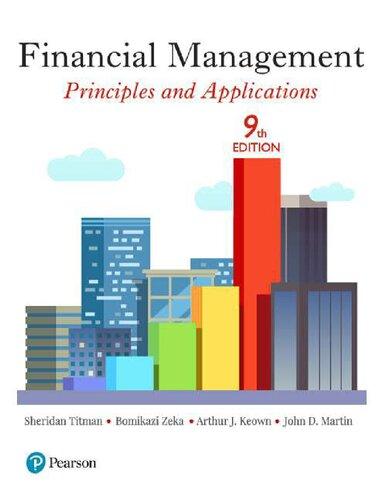
"CBO's $43 trillion revenue estimate is based on a projection of average economic growth of 1.9% a year. But the U.S. economy has never grown that slowly for so long. CBO says that every 0.1% increase in GDP adds about $270 billion in revenue over 10 years. That means a mere four years at 3% growth-the U.S. historical norm-could fill a $1 trillion hole. An average growth rate of even 2.4% over the decade would more than fill the hole." From CBO data (8/2019) percentage points 1950-2018 Projected 2019-2029 Potential Real GDP 3.4 1.9 Labor Force 1.4 0.4 Capital Stock Growth 3.3 2.1 TFP growth 1.4 1.1 The capital elasticity of output, a = 0.3; so we have the following expressions for growth in potential GDP (note we are assuming there is zero human capital growth): gY=0.3gK +0.7 gN +gTEP gY/N =gY-gN A. In the 1950-2018 period, how much did growth in labor contribute to potential GDP growth? How much did the growth in capital? What was labor productivity growth? B. Do the same calculations for the CBO's estimates for future growth. The CBO projects real GDP growth over the next decade will be 1.5 percentage points below the post-war average (3.4-1.9). Which is quantitatively the most important reason for this projected decline: capital, labor, or TFP growth? C. Suppose Congress and the President aim to achieve 2.5% growth in output by cutting taxes on investment. By how much would capital growth need to increase to achieve this goal over the next decade, assuming the CBO is correct about the growth in all other factors? Does it seem likely that the proposed policy will have the desired effect? Why/why not? "CBO's $43 trillion revenue estimate is based on a projection of average economic growth of 1.9% a year. But the U.S. economy has never grown that slowly for so long. CBO says that every 0.1% increase in GDP adds about $270 billion in revenue over 10 years. That means a mere four years at 3% growth-the U.S. historical norm-could fill a $1 trillion hole. An average growth rate of even 2.4% over the decade would more than fill the hole." From CBO data (8/2019) percentage points 1950-2018 Projected 2019-2029 Potential Real GDP 3.4 1.9 Labor Force 1.4 0.4 Capital Stock Growth 3.3 2.1 TFP growth 1.4 1.1 The capital elasticity of output, a = 0.3; so we have the following expressions for growth in potential GDP (note we are assuming there is zero human capital growth): gY=0.3gK +0.7 gN +gTEP gY/N =gY-gN A. In the 1950-2018 period, how much did growth in labor contribute to potential GDP growth? How much did the growth in capital? What was labor productivity growth? B. Do the same calculations for the CBO's estimates for future growth. The CBO projects real GDP growth over the next decade will be 1.5 percentage points below the post-war average (3.4-1.9). Which is quantitatively the most important reason for this projected decline: capital, labor, or TFP growth? C. Suppose Congress and the President aim to achieve 2.5% growth in output by cutting taxes on investment. By how much would capital growth need to increase to achieve this goal over the next decade, assuming the CBO is correct about the growth in all other factors? Does it seem likely that the proposed policy will have the desired effect? Why/why not







